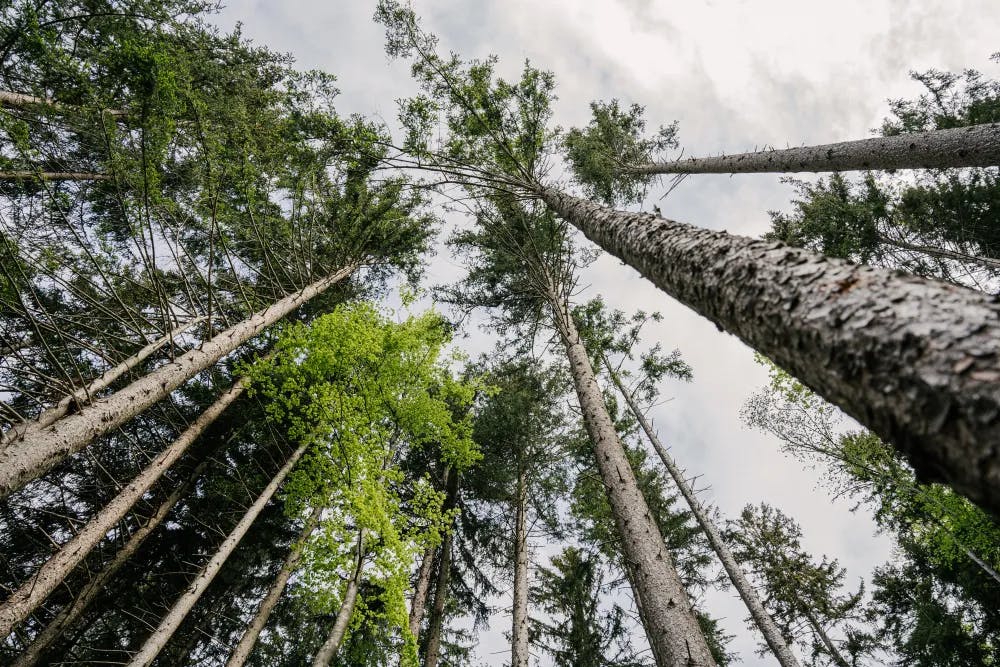With climate change mitigation now a hot topic, there is a renewed focus on the importance of maintaining woodland and tree stocks around the world and their role as carbon sinks. Rainforests rightly get ample coverage due to immediate existential deforestation threats. However, forests and trees of all kinds play absolutely essential roles in maintaining life – human and otherwise - on planet earth, of which carbon sequestration is just one aspect.
Infrastructure protection
If you look at the outskirts of many towns and cities – especially those in hilly or mountainous regions – you will undoubtedly find protective forests. These unsung heroes of urban life play a crucial and often under-appreciated role in minimizing damage to infrastructure in the face of avalanches, erosion, rockfall or flooding. Without them, many towns and cities would suffer exponential increases in natural disasters.
CO₂ storage and raw materials
The recent IPCC report highlighted the role forests can play as carbon sinks – often many times more than any technology we have yet invented (see our analysis here). Meanwhile, sustainably managed forest stock is a vital source of wood, which when turned into houses or objects can store this carbon indefinitely and play a key role in a new circular economy.
Water storage and flood prevention
The role of trees in carbon sequestration is thankfully now common knowledge; what’s less well known is its role in storing water, maintaining lands, and preventing floods. Forests serve a filtration role, filtering sediment and pollutants before water reaches streams or rivers. Forests also act as a giant sponge, soaking up rainfall for slow release - without them there would be huge increases in flooding.
Biodiversity preservation
Of course, forests are not only there to serve us – they’re home to most land-based life on earth. Indeed, the UNEP reports that the planet’s forests contain more than 60,000 tree species, 80% of amphibians, 75% of bird species, and 68% of mammalian life. Put simply, take away the forests and we take away the foundations for much of the planet’s biodiverse life.
Air purification and a place of leisure
As evidenced by the recent “forest bathing” trend, there’s been a new-found appreciation of woodland as places of relaxation away from city life. But this purification role of the forest stretches way beyond human existence – possibly right back to the start of complex life. This is, of course, due to the simple fact that trees absorb CO₂ and release oxygen, without which life (as we know it) on Earth would never even have developed.
With all these factors considered, it’s abundantly clear that the more forest we lose, the more planetary life is endangered. On the flipside: the more we nurture our forests and regenerate tree stocks, the more we’re breathing life back into the very systems which sustain life on this planet.



